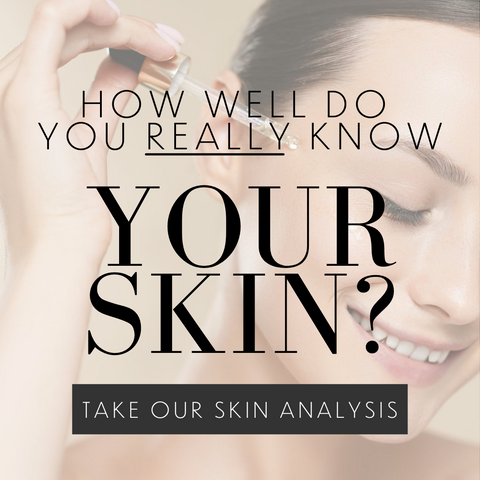Best Clay Mask for Blackheads & Pores
When it comes to shrinking large pores and removing those pesky nose blackheads, there are two kinds of skincare products most often recommended: clay masks and pore strips. But do they both actually make a difference to your pores, now and in the long term?
Or is it possible that these blackhead removal products are harming your skin in the long run?
Our guide to clay masks vs. pore strips will clear up any confusion about the best method for clearing blackheads - for good.
How Do Clay Masks Work for Blackheads?
Clay masks are a holy grail skincare product for large pores, blackheads, and oily skin. These skincare products absorb excess oils, instantly mattifying your skin and temporarily reducing the appearance of blackheads.
Clay masks are ideal for helping to reduce the look of blackheads! Firstly, they help to absorb any excess facial sebum - that’s the natural oil that your skin makes - which lowers the risk of any comedones, aka pore blockages, from forming.
Another way clay masks help to minimise the look of blackheads by absorbing impurities and debris that could be lingering in pores. These impurities cause pore blockages, forming visible blackheads on your skin.
How Do Pore Strips Work?
Pore strips are paper strips that you apply to wet skin, allowing the pore strip to stick to your nose. After the strip dries, you essentially yank it off of your face, and it pulls out all of the blackheads with it.
While these pore strips provide instant results of clearer pores, this blackhead removal method could be causing damage to your skin.
Are Pore Strips Bad for Skin?
The truth is, all that pulling and yanking on your skin could be causing long-term damage for simple short-term satisfaction.
The first problem is the fact that you need to really yank these strips off of your skin. This can cause irritation and visible redness and in the long run, can possibly cause enlarged pores and broken capillaries.
The risk of these issues just isn’t worth it as secondly, pores fill right up again with oil, making the potential damage worth a small moment of clear skin and satisfaction.
How to Clear Pores Safely
Reducing the appearance of pores and blackheads starts with addressing the underlying causes of visible pores. Namely, that’s oil production.
Compared to pore strips, clay masks are the best skin care products to reach for to clear pores and reduce blackheads.
That’s because clay masks naturally and gently remove excess oils from the skin, instantly shrinking the appearance of pores for a refined look.
Using a clay mask weekly can help to minimise the look of pores in the long run by regularly removing excess sebum, preventing pores from becoming blocked and ultimately stretching into large, visible pores.
Or, if you're just trying to find the best skincare routine for your skin type, try our skin analysis. You'll get a guide to your skin type plus a free luxury mini routine!



 iKOU MAN Purifying Ultra-Lift Clay Face Mask
iKOU MAN Purifying Ultra-Lift Clay Face Mask Murad Clarifying Mask
Murad Clarifying Mask  Minenssey Australian Deep Cleansing Clay Mask Set
Minenssey Australian Deep Cleansing Clay Mask Set Grown Alchemist Deep Cleansing Masque
Grown Alchemist Deep Cleansing Masque Minenssey Australian Skin Revival Clay Mask Set
Minenssey Australian Skin Revival Clay Mask Set
